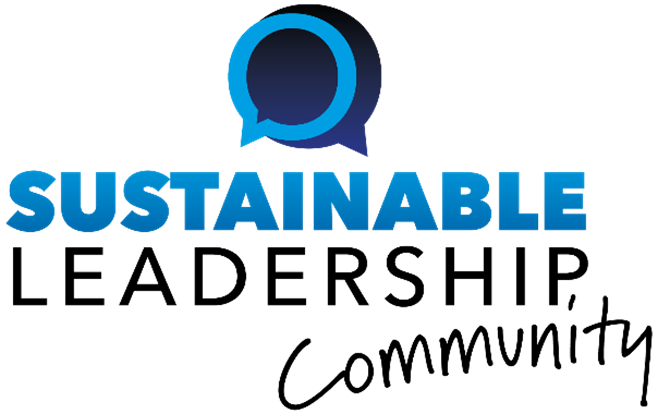Should companies allow employees to work from home, some or all of the time? After all, with the communication possibilities of the digital age — from submitting materials through email or dropbox to low-cost teleconferencing and video-conferencing — the old reasons for making employees commute to the office every day no longer apply. Why not […]
Read More… from Remote Working Vs Office Working: Why Office is Best
Professionals in an organization — technical experts in a service organization, for example — will acquire best practices, solutions, resources, ideas and other knowledge as they develop responses to the needs of their clients. In organizations where professionals work in a single location, the professionals will gather regularly to discuss what they have learned about […]
Read More… from Launch Intentional Communities of Practice in Global Companies
‘Span of control’, a concept which refers to the number of people who report directly to a manager, has been part of the management lexicon for decades. New technology, which enables easier access to more comprehensive data, now allows researchers to study in greater detail the implications of span of control — specifically how the […]
Read More… from Small Vs Large Top Management Teams and the CEO’s Workload
In a world of business in which cooperation is often the key to success, many companies overlook the damage that infighting, extreme competition or knowledge hoarding by employees can cause to sales, profits and effectiveness. At the opposite end of the scale are the organizations that encourage and facilitate employee cooperation and generosity. Employees look […]
Read More… from Ways to Encourage Employees to Help Each Other
The factors that bring people together into a collaborative venture are varied. One is proximity and shared goals: people within a department, for example, have more opportunities to work together than people across different departments. Another factor is similarity: people who are similar to each other, either because they have the same or similar age, […]
Read More… from How to Build Long-Lasting Collaborations
While employees are supposed to share their knowledge with other employees for the benefit of the company, employees will often find a reason to keep that knowledge to themselves. Perhaps they believe that they will lose some status or power; sometimes employees who share knowledge will then be judged or evaluated based on that knowledge; […]
Read More… from Why Employees Hide Their Knowledge and How to Encourage Sharing
Leaders drive the process of organizational learning and adaptation by providing time and space, granting the freedom to explore and fail, and by encouraging those around them to look at things in new ways. This research examines the characteristics of a core set of leadership relationships, providing insights to help leaders reflect on their own […]
Read More… from Be a Learning Leader
Research in recent years has consistently shown emotional intelligence (EI) to be a key determinant of performance for leaders and employees. Broadly defined as a set of competencies for identifying, processing and managing emotions, EI has been linked to many individual outcomes, such as job satisfaction and engagement. But what about at the team level […]
Read More… from Can Emotional Intelligence Shape a Team’s Collective Performance?
It sounds so obvious. It is obvious. But far too few managers actually do it. We are talking about the most basic of leadership tasks – spending as much time as possible working closely with their direct reports and other employees for whom they are responsible. By so doing, they will have a far greater […]
Read More… from Back to Leadership Basics: Make Time for Your Team
It is well established, in research, that employees who are allowed to voice their opinions perceive decision-making procedures as more fair and are more likely to display pro-social behaviours and work in the collective interest. Relatively little, however, is known about what influences leaders’ decisions to grant ‘voice’ and act fairly. The results of the […]
Read More… from How Employees Win ‘Voice’ and Influence Decisions




